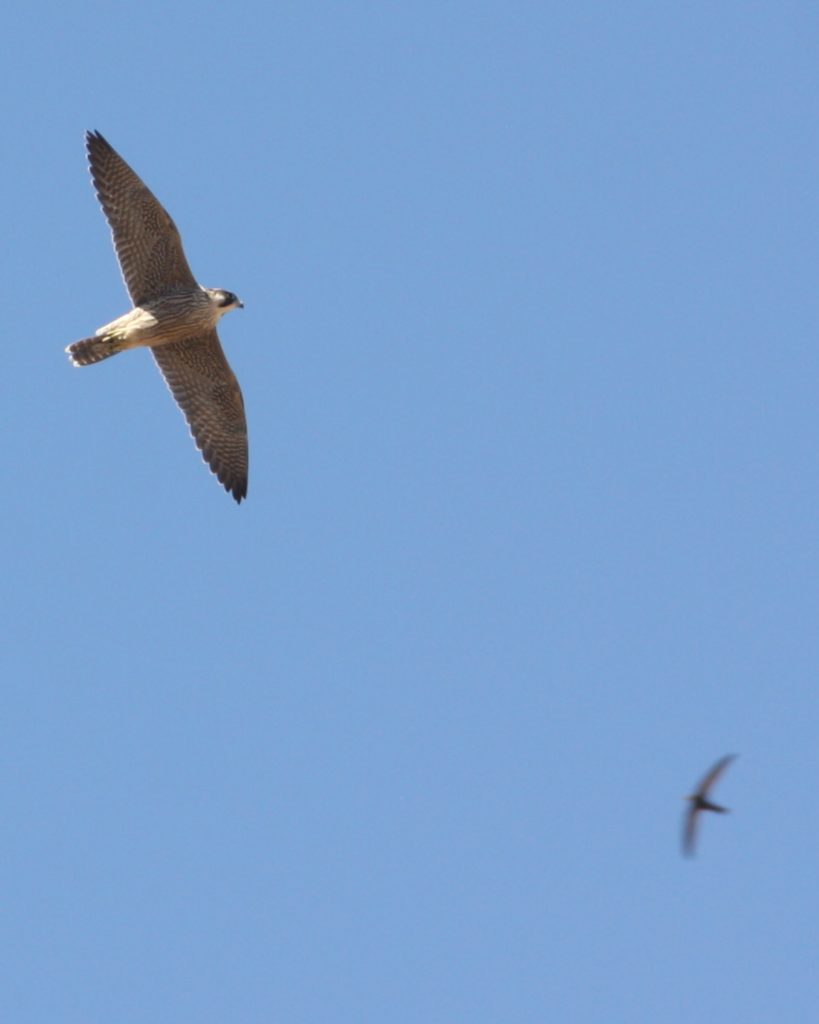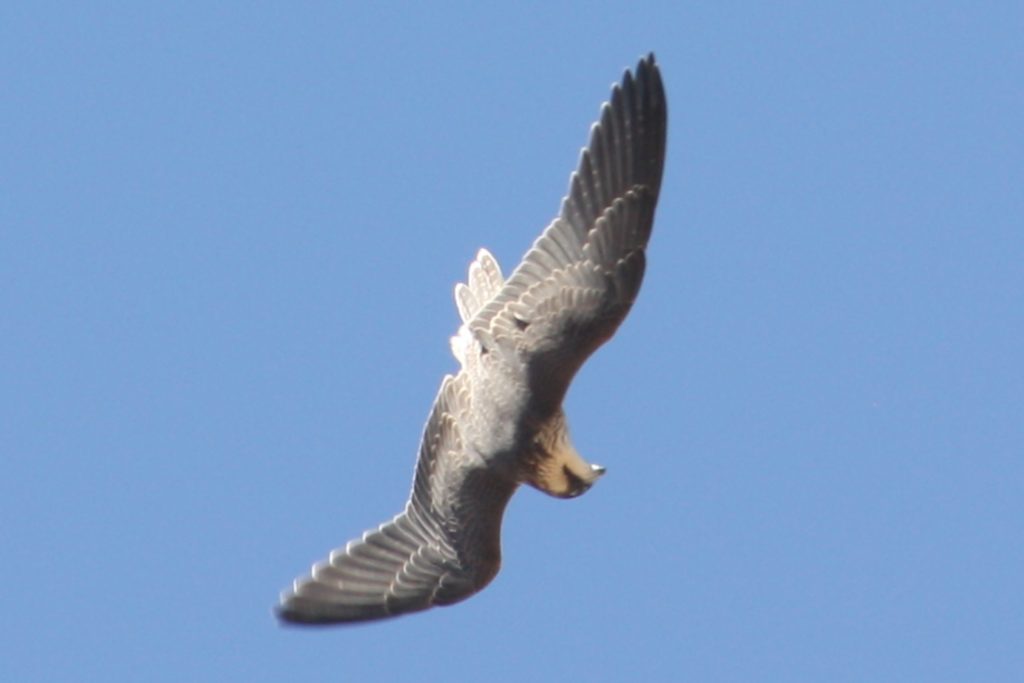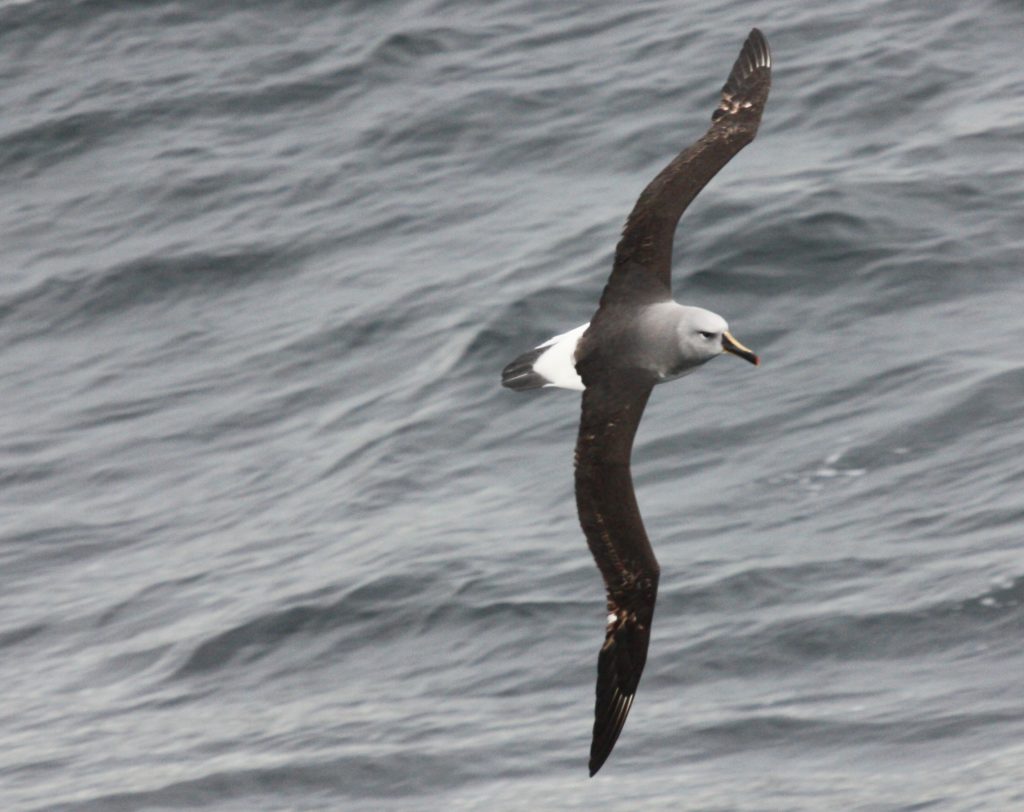
G is for the Grey-headed Mollymawk (or more boringly, albatross). Half of them nest on South Georgia; they’re in decline due to unregulated fishing.

G is for the Grey-headed Mollymawk (or more boringly, albatross). Half of them nest on South Georgia; they’re in decline due to unregulated fishing.
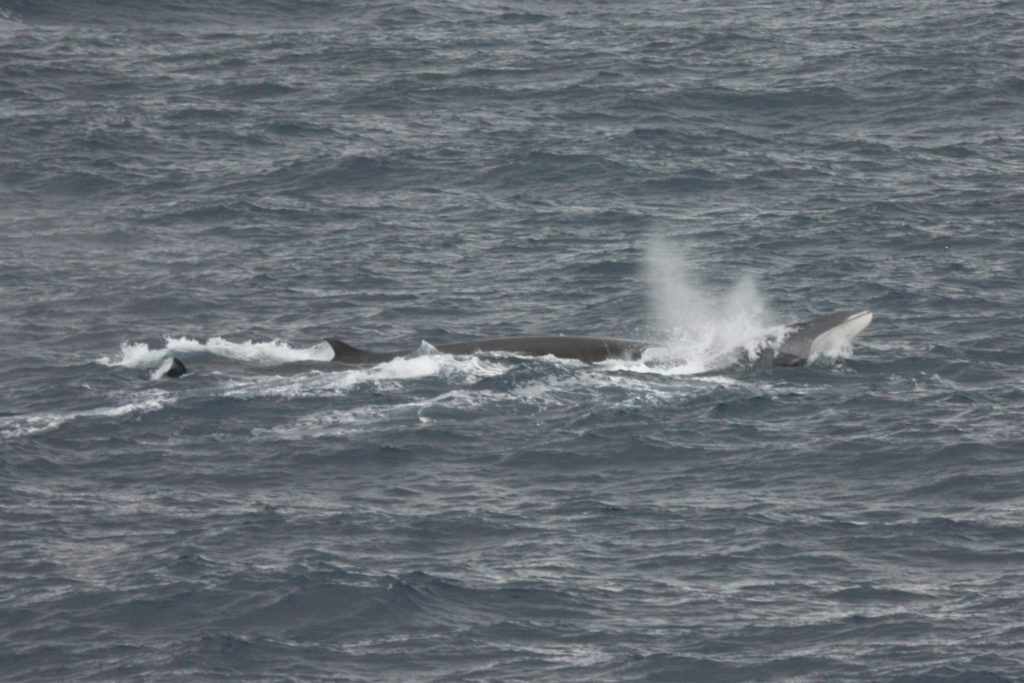
F is for Fin Whale: the second biggest animal on the planet.
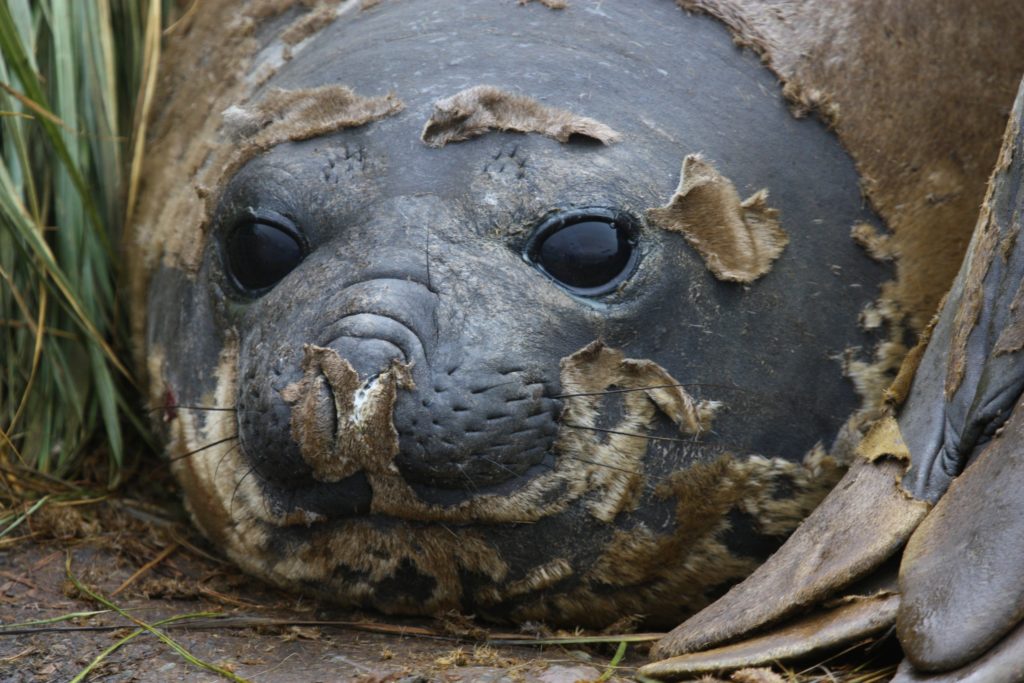
E is for Elephant Seal. They call this “catastrophic moulting”, and they ain’t wrong.
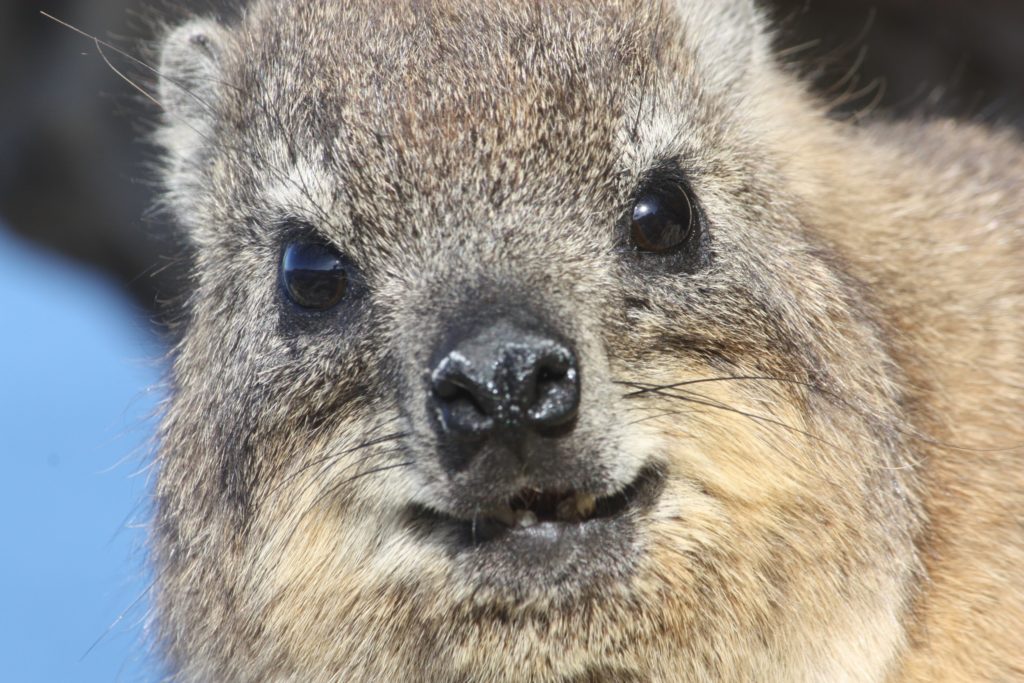
D is for dassie: cute as long as you’re careful.

B is for bee. I think this is a violet carpenter bee; native to southern Europe, but spreading north for obvious reasons. Love the antennæ.

A is for Adélie Penguin (also arse).
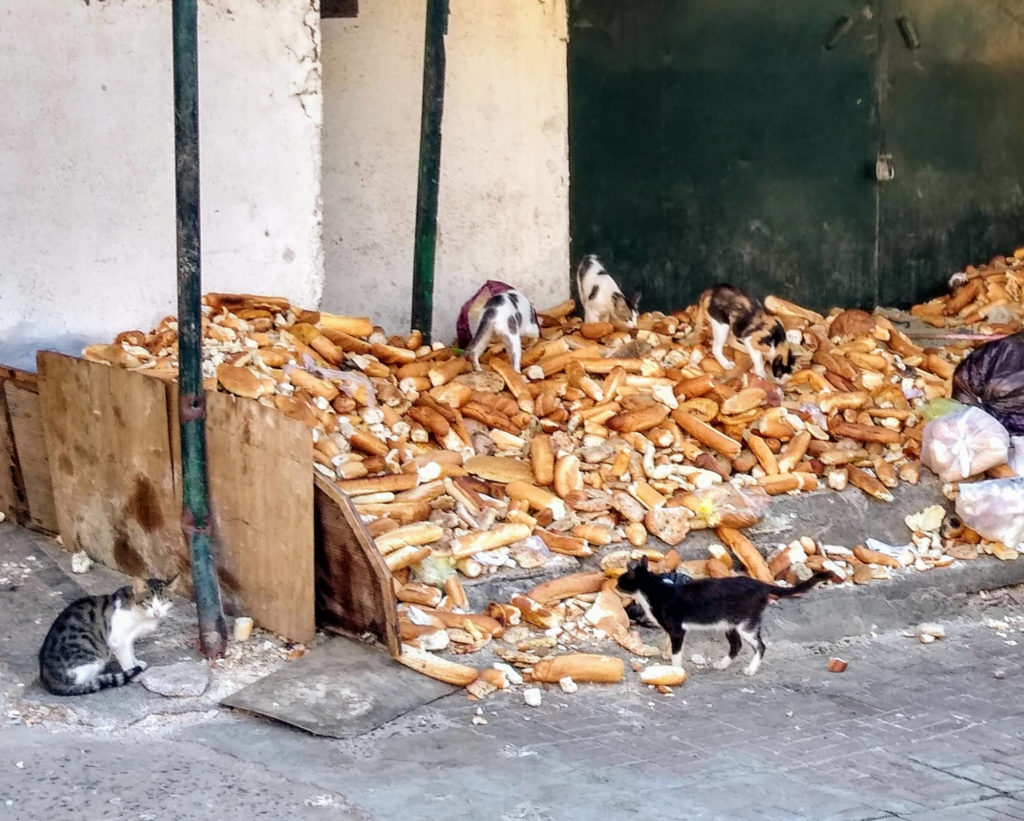
On our last evening in Algeria, and my only day in Algiers, we went for a walk in the area around our airbnb. This nest of cats on a pile of bread summed up a lot of the country for me.
Positive: Algerians are very much alive to the symbolic importance of bread. I am all for the symbolic importance of bread, and the refusal to dispose of it with other rubbish is something I find very touching.
Negative: As you can see, people throw out vast quantities of the stuff. Not only do they waste it, it’s the lowest quality bread imaginable (thank you Woody). Not only that, they often wrap it in plastic bags before they throw it out.
Positive: Algeria, like much of the Mediterranean, is cat country. There’s a large population of sort of feral, sort of domestic cats who do their own thing, and I am all for cats doing their own thing.
Negative: It’s possible to have a much healthier (literally and metaphorically) relationship with feral animals. Istanbul was an eye-opener for me: street dogs are tagged, neutered and vaccinated, while cats are provided with food, water, and a range of accommodation. (I gather it’s not quite so wonderful in all parts of the city, but it can be done.)
So, Algeria. A beautiful country that drives you bonkers. Bye for now!
We’ve regularly seen groups of two or three ravens on our cliffy patch, but over the last couple of weeks they’ve been flocking in a larger group of nine or ten. They’re not obviously feeding, but just seem to be playing in the wind and enjoying their own little raven festival.
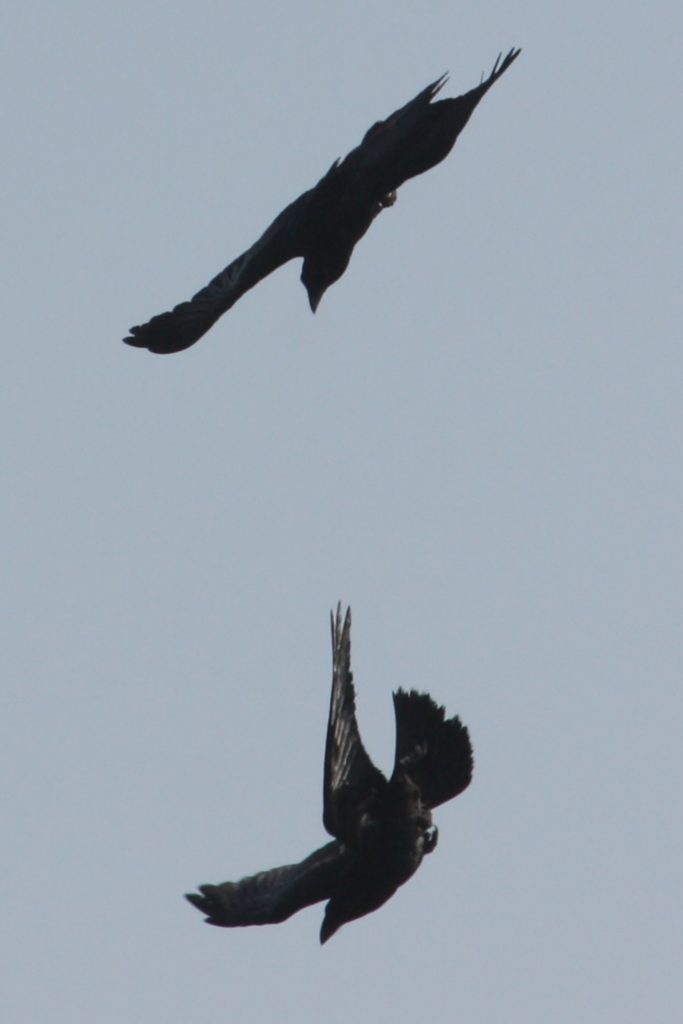
Sometimes just basking:
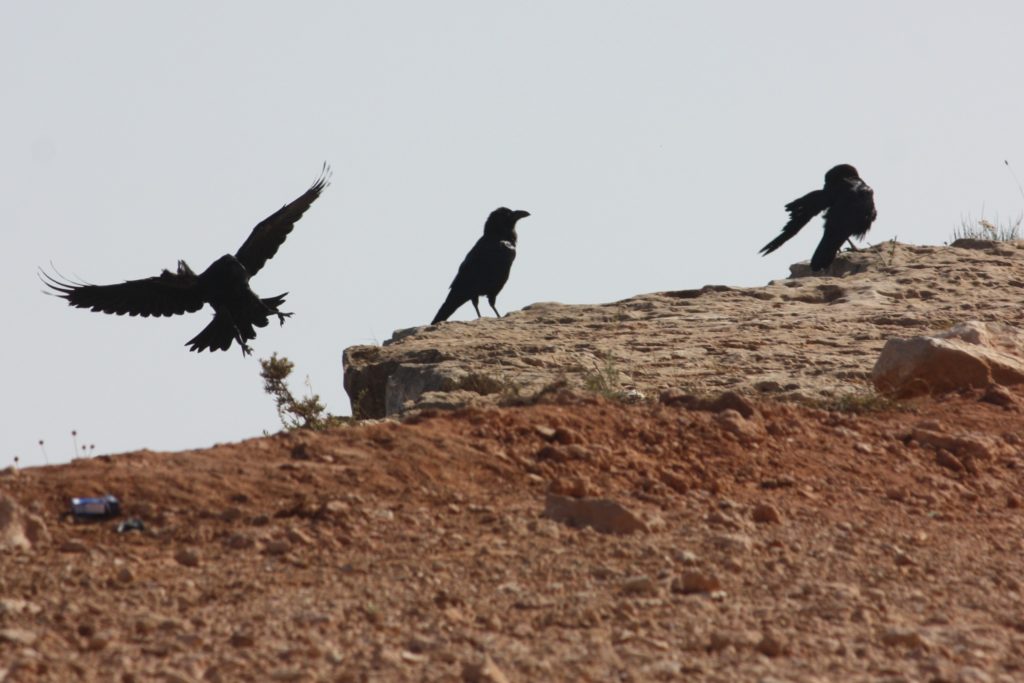
Keeping an eye on suspicious characters:
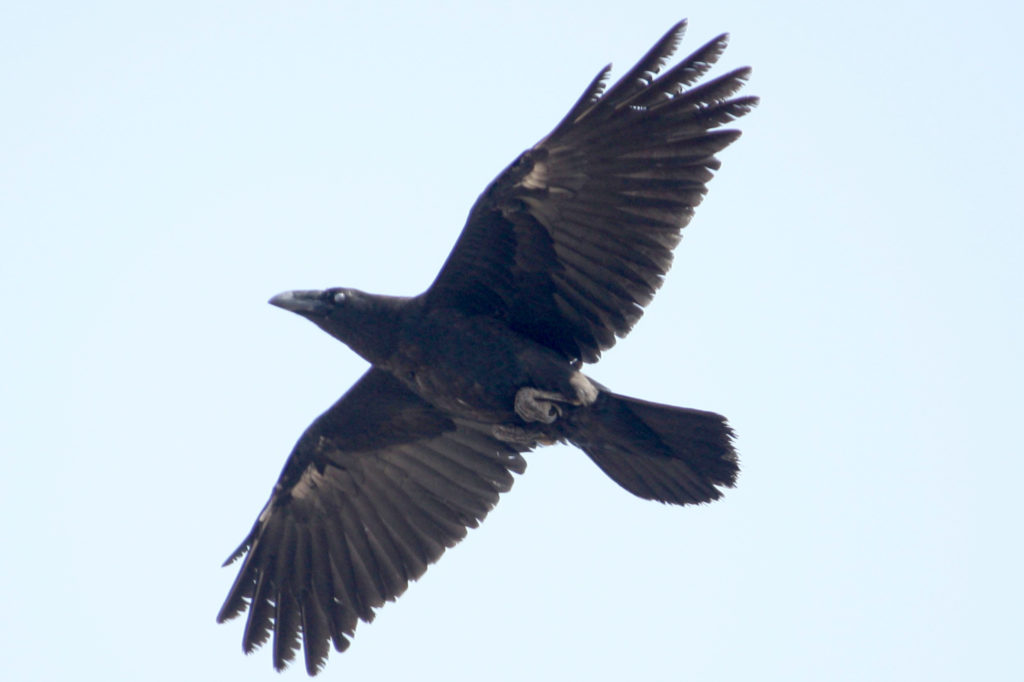
And generally showing off:
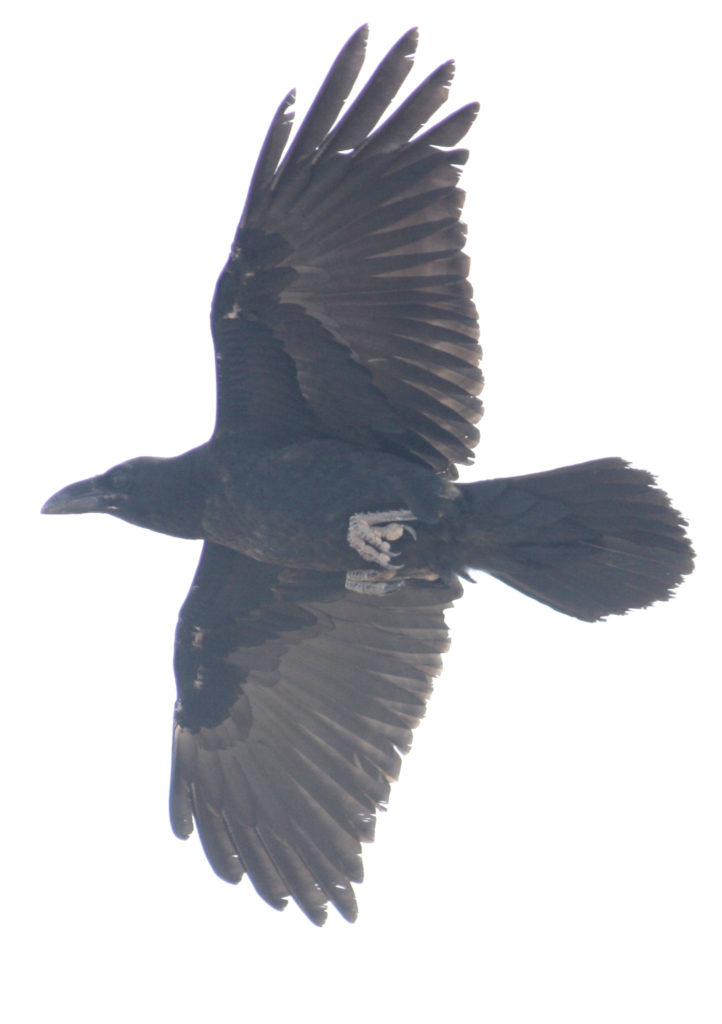
Despite the pollution, our cliffside area of Oran is pretty well populated with falcons. Our ID skills are a a little shaky, but there are at least three species.
Easily the most common and familiar is the kestrel; its tendency to hang around in one place makes it the most cooperative of the falcons:

Thanks to the geeks of https://www.birdforum.net/ for helping us to identify Eleonora’s Falcon. This elegant charmer is notable for breeding late in summer, in order to take advantage of migrating birds tired out from crossing the Mediterranean, and so feed its own brood:
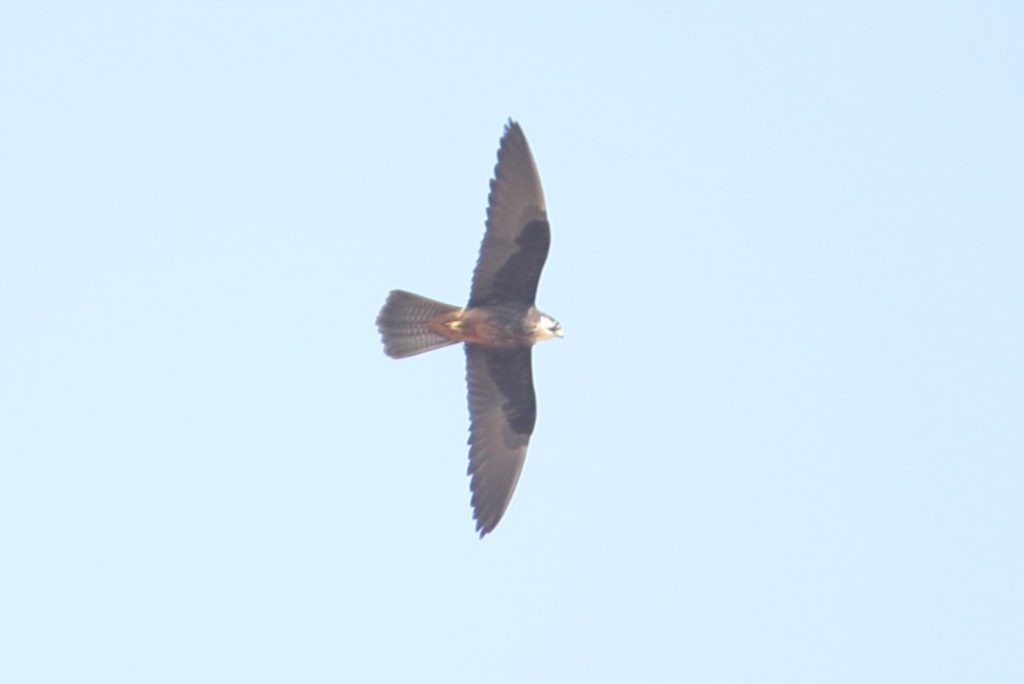
Last and greatest, the mighty peregrine:
